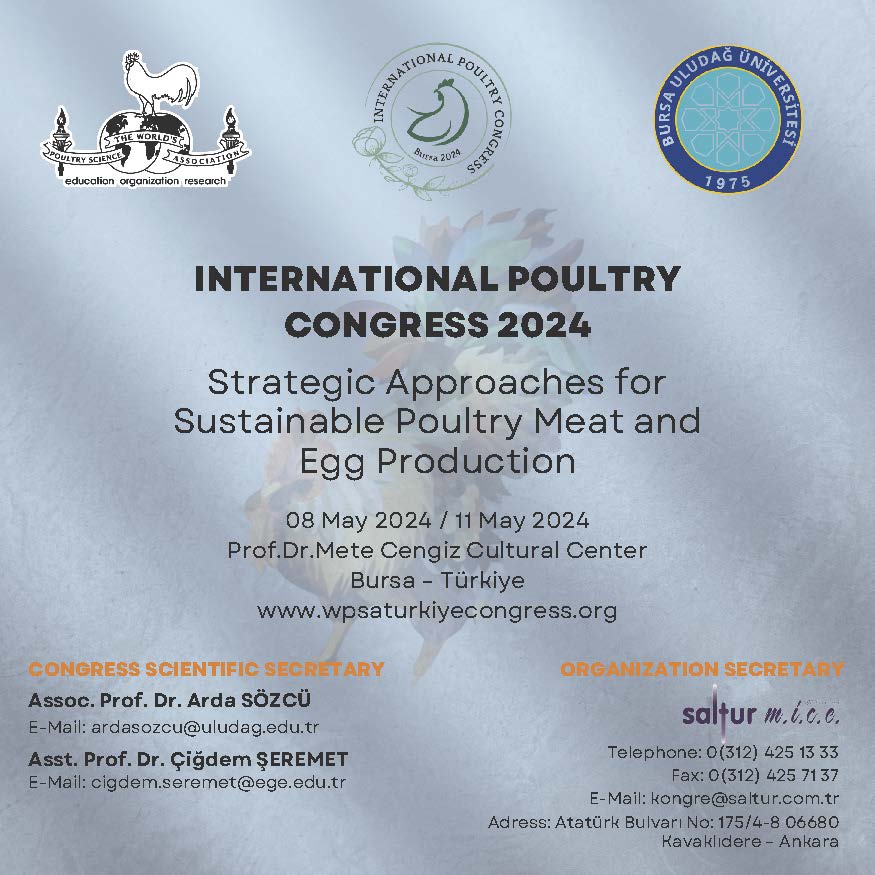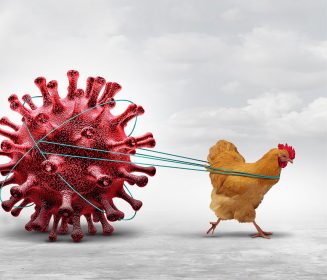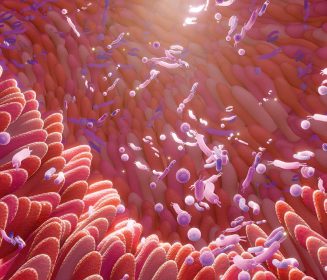Sources: Available upon request
Avian Cholera: causes, symptoms, treatment, and prevention
Avian cholera, also known as fowl cholera, is a bacterial disease that affects poultry and wild birds. It is caused by the bacterium Pasteurella multocida and can vary in severity, from mild to potentially fatal. Let’s delve into the details of this avian health concern.
Avian cholera, also known as fowl cholera, is a bacterial disease that affects poultry and wild birds. It is caused by the bacterium Pasteurella multocida and can vary in severity, from mild to potentially fatal. Let’s delve into the details of this avian health concern.
What Is Avian Cholera?
Avian cholera is primarily caused by the bacterium Pasteurella multocida. Different serotypes of this bacterium can trigger the disease, each with varying degrees of virulence. Interestingly, P. multocida can be part of the normal respiratory flora in birds, making it a secondary pathogen in other diseases. However, it can also act as the primary trigger for avian cholera. Not only domestic poultry but also wild birds can be affected by this bacterial infection. Humans can also carry the bacterium, although it is not a common occurrence.
Transmission and Symptoms
Birds contract avian cholera by ingesting contaminated water or food. The bacteria can survive in the environment and are resistant to many antibiotics. Infected birds shed the bacterium in their feces, which can contaminate shared spaces. Additionally, respiratory transmission (through inhalation or sneezing) and cutaneous transmission (via wounds or lesions) are other routes of infection.
The severity of avian cholera symptoms depends on various factors, including the strain’s virulence, the bird species, overall health, and environmental conditions. Here are the different presentations:
- Acute Infection: Birds may suddenly die without showing any prior signs of illness.
- Acute Symptoms:
- Loss of appetite
- Fever
- Increased thirst
- Lethargy
- Profuse diarrhea (which may contain blood)
- Respiratory distress
- Nasal discharge
- Bluish-purple discoloration of combs and wattles due to oxygen deprivation
- Widespread hemorrhages
- Chronic Presentation:
- Swollen wattles with pus discharge
- Arthritis
Treatment and Control
Prompt diagnosis and treatment are crucial. Veterinarians typically prescribe antibiotics such as tetracyclines or fluoroquinolones. However, prevention is equally important:
- Biosecurity Measures:
- Regularly clean and disinfect poultry facilities.
- Dispose of dead birds properly.
- Prevent contact between wild birds and domestic poultry.
- Quarantine new birds before introducing them to the flock.
- Vaccination:
- Vaccination against avian cholera can reduce the risk of outbreaks.
- Antibiotic Use:
- Administer antibiotics as directed by a veterinarian.
- Note that antibiotic resistance is a concern, so prudent use is essential.
Conclusion
Avian cholera remains a significant concern for poultry farmers and bird enthusiasts. Vigilance, proper hygiene, and timely intervention are essential to prevent and manage outbreaks. By understanding the disease and implementing preventive measures, we can protect our birds and maintain healthy flocks. Remember, knowledge and proactive steps are our best allies in combating avian cholera.









































